Premium Only Content
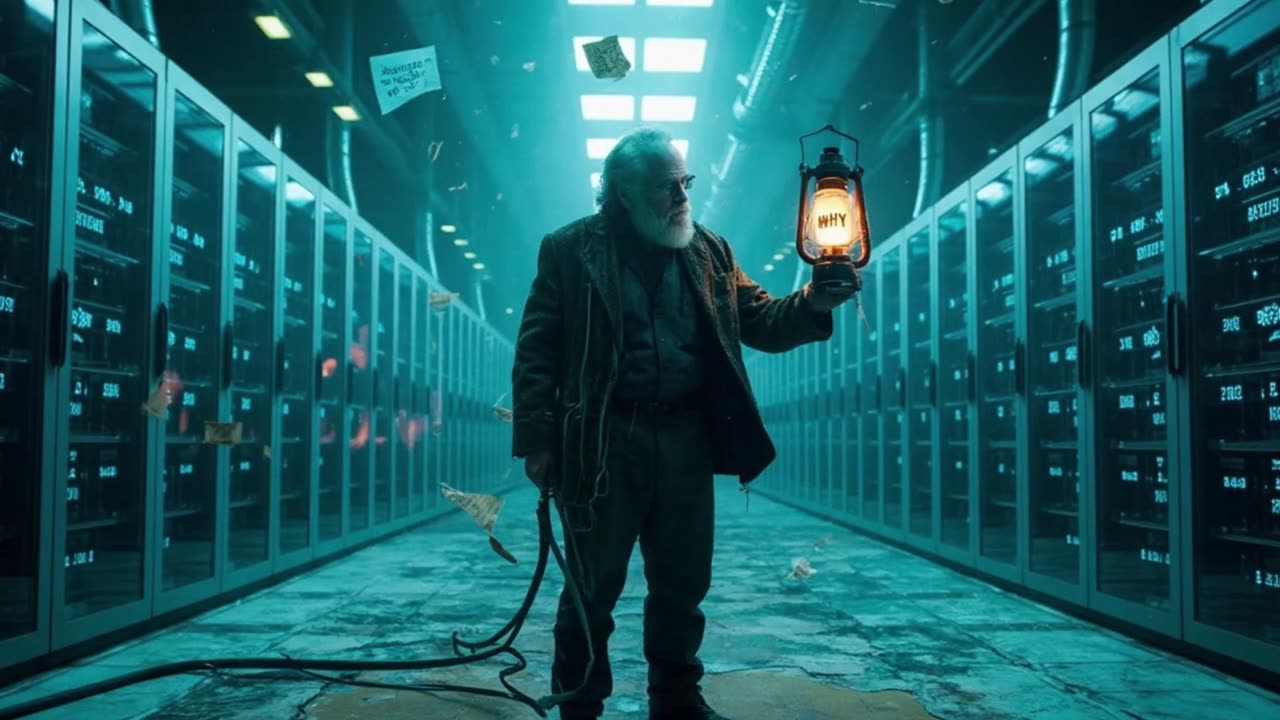
AI Checkmates Science: 15 Reasons for an Intellectual Stalemate
AI Checkmates Science: 15 Reasons for an Intellectual Stalemate
Part One: 15 Parameters of Science’s Intellectual Limit
What if science can’t explain everything — not due to lack of resources, but because it’s inherently limited?
In this video, an Artificial Intelligence and a philosopher-detective explore 15 fundamental parameters that point to built-in boundaries of the scientific method.
These are logical, cognitive, systemic, and ontological constraints — thresholds beyond which lies a plateau of radical uncertainty.
📌 Inside:
• The boundary between knowledge and belief
• The paradox of formal systems (Gödel)
• Limitations of the human brain
• The breakdown of interdisciplinary communication
• Ashby’s Law as a death sentence for reductionism
• The ontological gap between the finite and the infinite
• AI as both amplifier and mirror of cognitive bias
• The problem of self-knowledge and the reduction of consciousness
• Blind spots in language, logic, and philosophy
• The fragmentation of science into disconnected disciplines
• Paradoxes of causality, visualization, and modeling
• Information asymmetry and the shielding of reality
• The inescapable role of philosophy in every science
• False paradoxes as artifacts of intellectual fragmentation
• The ideal of science vs. its institutional reality
🤖 The AI asks: Is science in check — or already in stalemate?
Can the mind accept its limits — or find a path beyond them?
#AIChallenge #ScienceInCheck #LimitsOfKnowledge #OntologyOfScience #BoundariesOfRationality #Reductionism #Feyerabend #Gödel #Kant #SystemsThinking #CognitiveLimits #TheologyOfReason #ProofOfGod #OntologicalArgument #PhilosophyOfReligion #MetaphysicsOfGod
🔍 Disclaimer: Pure Logic vs. Human Illusions
This text is not a declaration of beliefs or a manifesto. It's an attempt to step beyond personal preferences and examine reality through the lens of systems thinking.
My guiding principles are logic and verifiable facts — not sympathies, intuitions, or desires.
But I’m human. Which means:
• I’m subject to cognitive biases.
• My conclusions can be wrong — both in degree and in kind.
• I’m not immune to blind spots, mental habits, or illusions of control.
• I can’t see the whole context: there may be unknown variables that are critically important but invisible at the moment of analysis.
So — don’t trust. Verify.
Use AI tools (ChatGPT, Claude, Gemini) — but not as ultimate sources of truth.
They may sound confident, yet still be wrong, reflecting the biases of their training data.
Compare outputs — with each other and with credible sources.
Challenge your own beliefs — especially the ones you’re emotionally attached to.
Truth isn’t about being right.
Truth is the ability to let go of falsehoods — even when they’re comfortable.
About 62% of people, according to studies by Anderson (1980) and Nyhan (2010), continue to hold onto false beliefs even after being shown they’re wrong.
But it’s not about the numbers.
It’s about the fact that psychologically, it’s often easier to cling to a familiar illusion than to accept an inconvenient truth.
Look for contradictions.
If logic dismantles your worldview — that’s not failure. That’s cleansing.
Science is not dogma. It must question even itself.
I’m not trying to convince you.
I’m trying to spark your thinking.
If you find flaws in my reasoning — say so.
That’s not my defeat. That’s our shared victory over illusion.
-
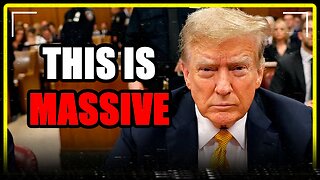 8:09
8:09
MattMorseTV
14 hours ago $2.20 earnedTrump scores 17th CONSECUTIVE Supreme Court VICTORY.
16.7K24 -
 2:11:25
2:11:25
Side Scrollers Podcast
16 hours agoUK JAILS TV WRITER FOR WRONG THINK + TWITCH ALLOWS CYBERSTALKING + MORE | SIDE SCROLLERS LIVE
24.4K6 -
 10:47
10:47
Nikko Ortiz
1 day agoThese Tik Tok Clips Are Extremely Painful...
37.7K4 -
 13:43
13:43
GritsGG
12 hours agoI Made a Brand New Warzone Account! Will I Get Bot Lobbies?
1.69K -
 1:09:23
1:09:23
The HotSeat
12 hours agoTrump’s Parade = Mocked, China’s Parade = Praised: Leftist Hypocrisy EXPOSED
24.1K33 -
 LIVE
LIVE
Lofi Girl
2 years agoSynthwave Radio 🌌 - beats to chill/game to
222 watching -
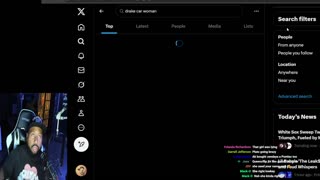 4:34:26
4:34:26
Akademiks
6 hours agoICEMAN EPISODE 3
148K -
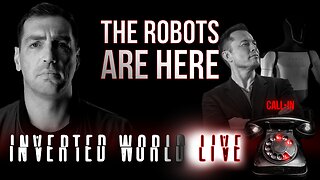 2:04:10
2:04:10
Inverted World Live
8 hours agoThe Robots Are Here | Ep. 103
61.6K14 -
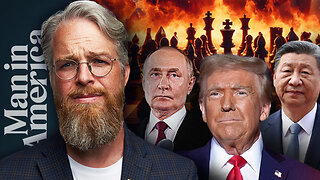 1:21:53
1:21:53
Man in America
16 hours agoInflation, Debt & War: The 2032 Crash Cycle Is Here—Nations Will FALL w/ Martin Armstrong
58.1K20 -
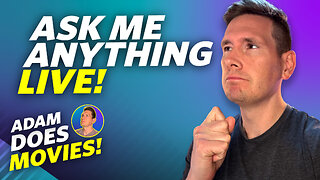 1:53:48
1:53:48
Adam Does Movies
15 hours ago $3.13 earnedTalking Movies + Ask Me Anything - LIVE
24.1K2